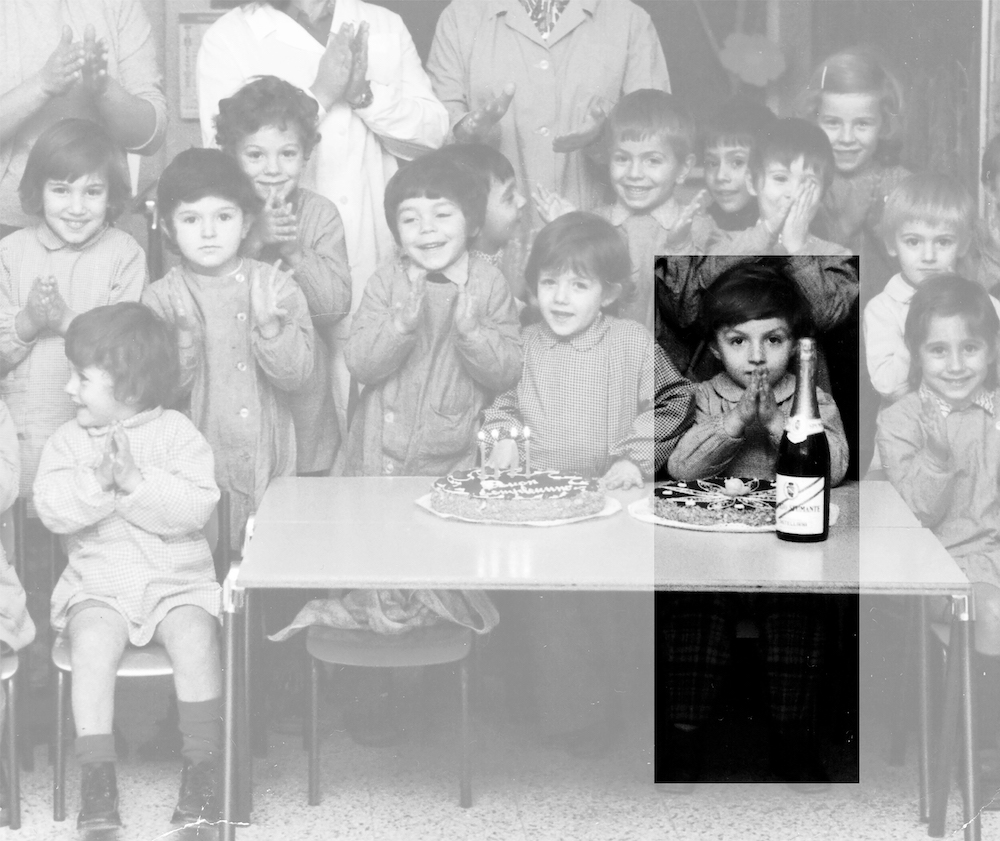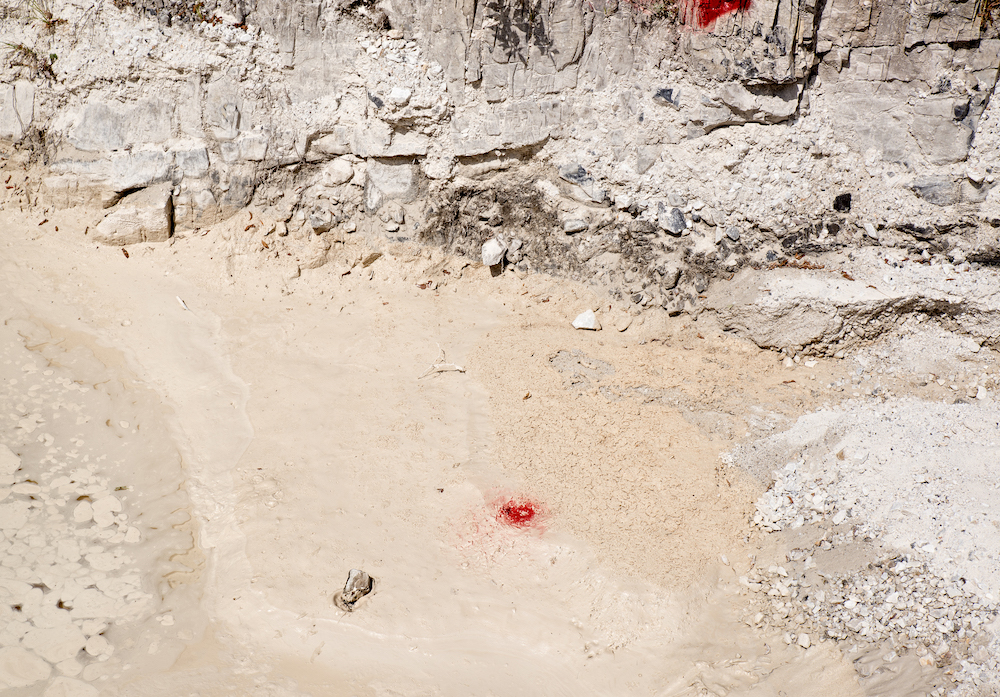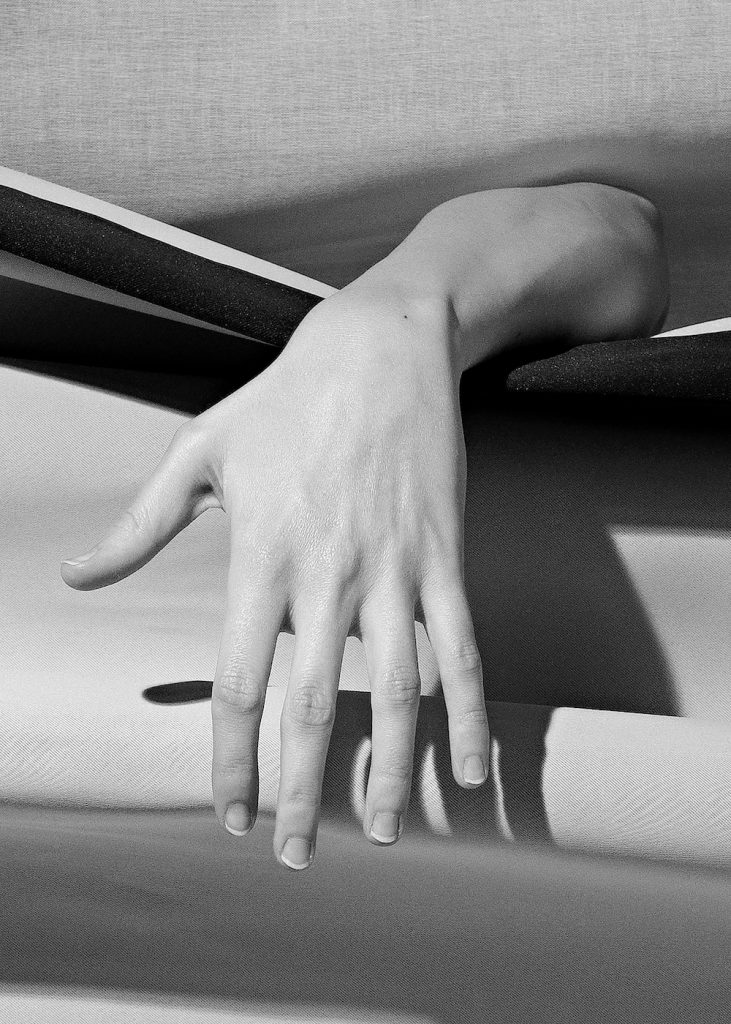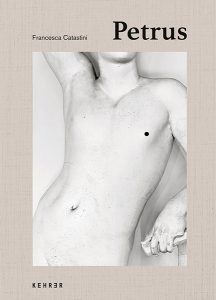by Chiara Ruberti
_
Petrus is a work that comes from the opportunity to access your neighbour’s house, exploring his intimate space in total freedom. Is there an object, a feeling, a suggestion in particular that has been decisive for the development of the project?
When I set foot in his house, the objects hit me right away. Being able to touch and make such a direct experience of the private dimension of another person also had a great resonance in me. All the work starts from the encounter with Albrecht’s possessions. The desire to reflect on a certain idea of masculinity stems from the fact that Albrecht is a man, and what he owns makes it somewhat evident. What I saw was familiar; in particular the objects of his childhood reminded me of my own, even if his child belongings were more like those of my brother. I really like playing and surely this sort of dive into the past was fun. Who knows at what age you start to make a clear distinction between male and female, maybe with the help of certain toys … Albrecht’s collection of erasers shaped like beer mugs is almost the same as the one I had. And here we could digress on the spirits culture in the Eighties… One of the first objects I found in his house that fascinated me is an old bottle of a herb liquor called Petrus, which belonged to his grandfather, that of “Dear Petrus, I named you after a liqueur in a dark bottle with a red cap” of which I write in my letter at the end of the book.

Then there are the old photographs in the bedroom dresser. I spent quite some time looking at them. I was particularly impressed with certain black and white mouths, so fleshy and soft, mouths of men, especially. I think I instinctively associated them with the many cigars I had found. On three occasions I asked Albrecht to tell me who the portrayed people were, but he didn’t know for sure. Perhaps in the photographs we keep, identities fade away over time, certain faces lose their meaning.
As I discovered the contents of his house, it was like I could see Albrecht as a child, as a teenager, as a student, as a tobacco lover, as an engineer, as a husband. Albrecht in a jacket. I felt the construction of a form. And, linked to this, an intimate loss, the wound of belonging to a society. Here, Petrus is accompanied by this sense of sacrifice and separation, like a white noise, it is the background of all work, the one that in the end is not heard, because habit cuts it off.
I think Albrecht was very generous to leave me his keys. Maybe we played hide and seek together, at a distance.
For those who know your work, and in particular The Modern Spirit Is Vivisective, it is not difficult to recognize here some fundamental aspects of your research. First of all the attention to the empty space between the images, where, through subtle analogies and discrepancies, the narration of the entire book is constructed.
For me it’s a bit like if everything tended to white. The blank page is an image, but it is also a breath. A distance is created that is a space for relationship and it is precisely there that the dialogue opens, from there the search for a point of contact starts. I was very impresses with the beginning of a sentence by Veit Stratmann, author of a small and precious note at the end of the book, “Distance becomes matter”. My intent is to try and make the base of certainties on which our way of interpreting images rest more and more subtle. The filters through which we look at the world always preclude other possibilities. There are so many ways to be naïve and being guided by the same beliefs is not the funniest one. It is in uncertainty, when meanings become more fleeting, mobile, butter-like, that we discover more.

Thanks to his non-linear narrative, Petrus does not give definitive answers, but rather questions the experience, the look, the thought of the viewer. In my opinion this is obviously a precious quality, but some may get disoriented. Do you want to give some indication that can be useful to better understand the content and intent of your research?
Leaving room for imagination and various interpretations is important to me, my point of view has the same weight as the viewer’s, we are both bearers of meaning, together with the images themselves. It may seem a bit easy, or even not very generous … Petrus reflects on the need to identify a form for everything, a form that appears to us innate and definite. “The inner self [however] is a bit like the surface of the Sun”, as I read recently; from afar it appears to be stable and uniform, but if we approach it we see a series of incessant micro-explosions, small incandescent jets that fall and move, giving continuity to a surface that is never the same.
The work was born in the home of Albrecht, and then continued outside, in an almost obsessive search for forms. We find sculpture, in particular the classical one, of anthropomorphic divinities, landscapes, the anthropizated nature of marble quarries, and more and more rocks. But above all Man, not so much for what he is, but through what he does.

I would also like to mention briefly the sequence that for me is as important as the images. I believe that the first twenty pages or so may seem lighter than the others, so much so as to almost confuse the viewer. Cristina De Middel, for example, told me that at first she was convinced that it was a story about my grandfather. After those first twenty pages other elements take over, which in some way question what precedes them. And then there are the last twenty pages, almost unrelated to each other: a hand, a marble wall, a postcard, a yellow surface, a bedroom, a face without eyes or a mouth, two blank pages, another hand. This is my way of representing the impossibility of enclosing a process, in continuous evolution, in a stable form. Like that hand that grabs nothing on page 45.
 The book:
The book:
Francesca Catastini
Petrus
Kehrer Verlag, 2019
All images: © Francesca Catastini
November 26, 2019




